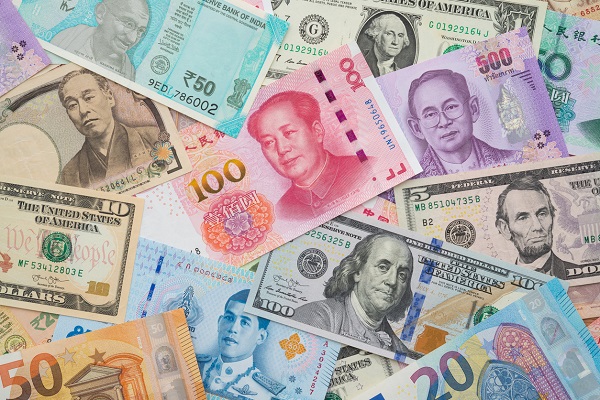.png)
Yield Scribe is a bond trader with a macro lens and a habit of writing between trades. He follows cycles, rates, and the long arc of monetary intent.
October 13, 2025 at 5:02 AM IST
For most of the past year, the consensus across major US banks was that the dollar index would weaken. The reasons seemed persuasive: erratic fiscal decisions in Washington, doubts over the Federal Reserve’s credibility, and a mercurial political leadership. That view held until the end of September 2025, when the currency landscape began to shift in ways few anticipated.
Europe and Japan have since witnessed a level of political upheaval that occurs only once in a decade. In France, the revolving door of prime ministers and the constraints of fiscal reform have heightened the risk of slippage. Prime Minister Lecornu’s pledge not to invoke Article 49.3 has made budget passage far trickier. Markets that once expected a deficit of 4.7% of GDP now reckon it could exceed 5%. Political paralysis, rather than reform, is once again in vogue.
In Japan, the ruling Liberal Democratic Party’s leadership election in early October produced an unexpected winner in Sanae Takaichi, a loyalist to Abenomics. Her prospects dimmed almost immediately when the Komeito Party exited the governing coalition, casting doubt on her path to the premiership. The uncertainty sent the yen to 153 per dollar and pushed 30-year government bond yields to multidecade highs. Whether or not Takaichi ultimately becomes prime minister, Japan now faces a period of fiscal expansion and potential delay in further rate rises by the Bank of Japan.
As both the euro and yen fell sharply last week, it became clear that politics, not policy, was driving foreign-exchange sentiment. With France and Japan both distracted by domestic instability, the dollar’s relative calm has turned into a competitive advantage.
Productivity Edge
Since 2019, US labour productivity has grown by around 1.6% a year, well above its pre-pandemic pace of 1.2%. In the non-farm business sector, productivity growth has averaged 2% compared with about 1.5% before COVID-19. The rebound is being driven by technology-intensive industries such as scientific research, engineering, and consulting, fields now infused with artificial-intelligence capital expenditure. These sectors have widened the productivity gap between the United States and other advanced economies, particularly in Europe.
As AI investment accelerates, productivity could rise further, lifting potential output to roughly 2.4% a year and keeping real interest rates high. Higher productivity means higher profits, stronger capital inflows, and less incentive for investors to hedge dollar assets, all of which support a firmer dollar.
There is also history on the dollar’s side. Over the past half-century, long cycles of US productivity have tended to coincide with sustained dollar strength. The current phase may be no different. If AI-driven capital spending holds through the next two quarters, the dollar index could reclaim as much as half the ground it lost during its earlier slide.
The main risk to this scenario would be a sudden loss of policy credibility, for instance, if President Trump were to replace Federal Reserve Chair Jerome Powell before his term ends, or if an AI valuation bubble were to burst. But barring those shocks, the fundamentals point to continued dollar resilience.
Among major currencies, the euro, Swiss franc, and yen look most exposed. The euro area’s growth ambitions remain unfulfilled, with Germany’s fiscal stimulus likely to take years to yield results. In Switzerland, the central bank’s interventions in the currency market have become its primary tool for maintaining price stability. And in Japan, verbal interventions from the Ministry of Finance may only briefly slow the yen’s slide. By the last quarter of 2025, the euro could drift towards 1.14, the franc to 0.83, and the yen to 155 against the dollar.
The dollar’s newfound strength owes less to American virtue than to others’ fragility. Political calm, fiscal competence, and an authentic productivity revival have made the greenback the quiet winner in a noisy world.




